In co-operation with the Estonian Tourist Board
Dagö in Estonia is a green and scenic island, where it is easy to relax and unwind. The island is also an exciting place to visit for Swedes, as it has a long Swedish history.
Innehållsförteckning
Dagö in Estonia
Dagö in Estonia, or Hiiumaa in Estonian, is an island off the western coast of Estonia. The main town on the island is Kärrdal (Kärdla in Estonian) and the entire island has a population of just over 9,000.
By ferry from Saaremaa
You can get to Dagö by ferry either from the mainland or from the island of Saaremaa. We chose the route from Saaremaa, between Triigi and Sõru ferry ports. With hindsight, we know that it would have been a good idea to either pre-book a ferry ticket or to arrive very early. We arrived just over an hour before the ferry left and didn't get on, which meant we had to wait another three hours for the next ferry. Eventually we made it to Dagö!
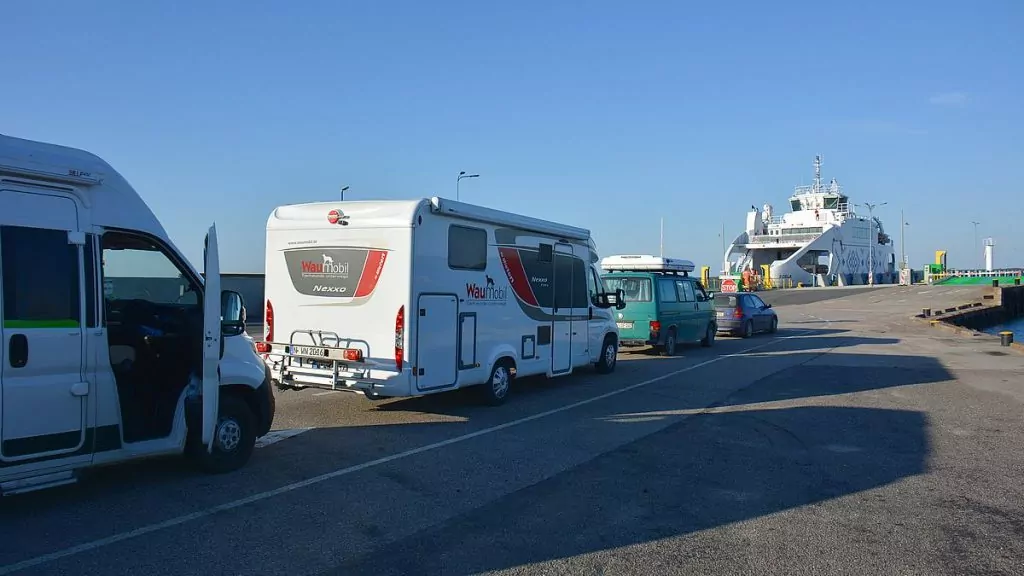
Swedish history on Dagö
One of the most interesting things about the island of Dagö in Estonia is the amount of Swedish history here. One village is still called Rootsi (Sweden), and the village sign reminds us that thousands of Swedes once lived here on Dagö.
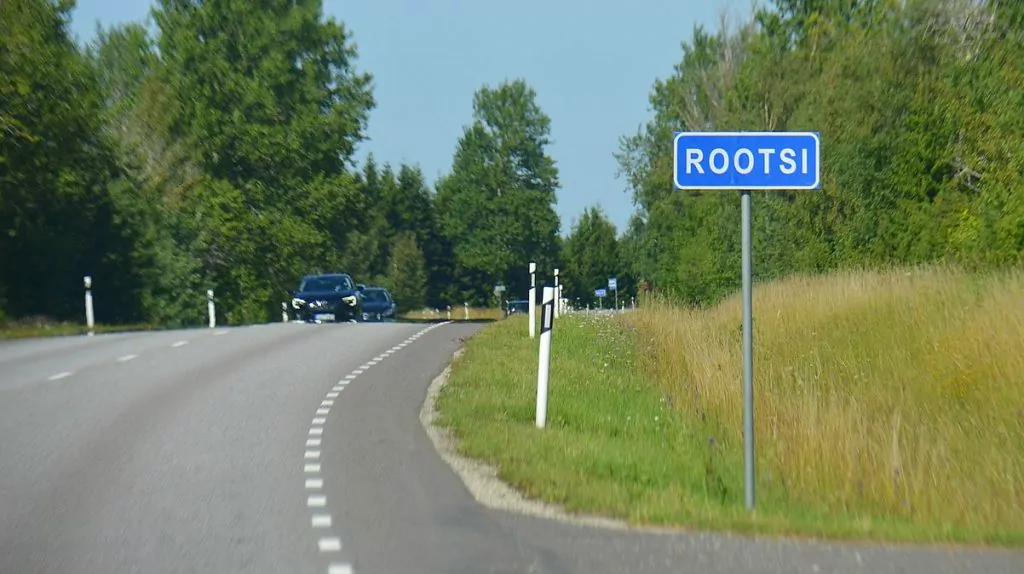
Estonian Swedes in Röicks (Reigi)
The village of Röicks, or Reigi as it is called in Estonian, was the centre of Estonian Swedes until 1781. There were around 80 Swedish farms and a church, where services were held in Swedish until 1830 and Swedish confirmation classes were given until 1863.
Since the Middle Ages, Estonian Swedes have enjoyed a privileged position. The so-called 'Swedish right' gave them legal advantages and lower taxes. However, conditions deteriorated in the 17th and 18th centuries and the Swedes protested.
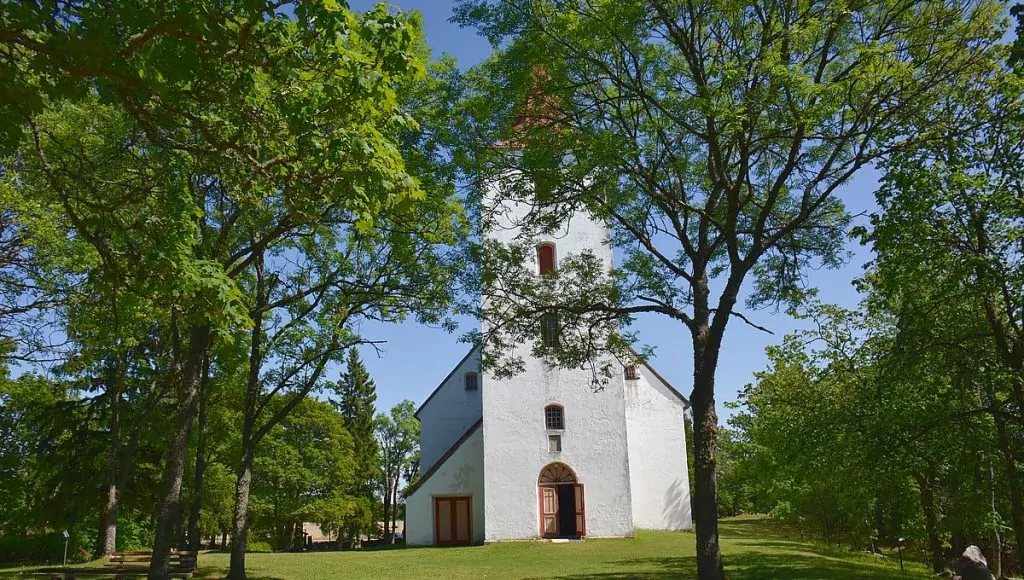
The Estonian Swedes were deported to Ukraine
The lord of Hohenholm (Kõrgessaare) grew tired of the protests of the Estonian Swedes and finally dismissed them in 1781. Soon after, Catherine II decided to deport them to the town of Gammelsvenskby in present-day Ukraine. The Swedes were forced to gather their family, possessions and animals and then walk to Ukraine. Only about 60 Swedes remained on Dagö after the deportation.
Today you can visit Korsberget (Ristimägi in Estonian) where the Swedes gathered in August 1781 to say a last prayer before emigrating to Ukraine. Here they took advantage of the place that had been the Swedes' home for 400-500 years. Today, many tourists visit the site, and part of the experience is to make your own little wooden cross and place it on the hill.
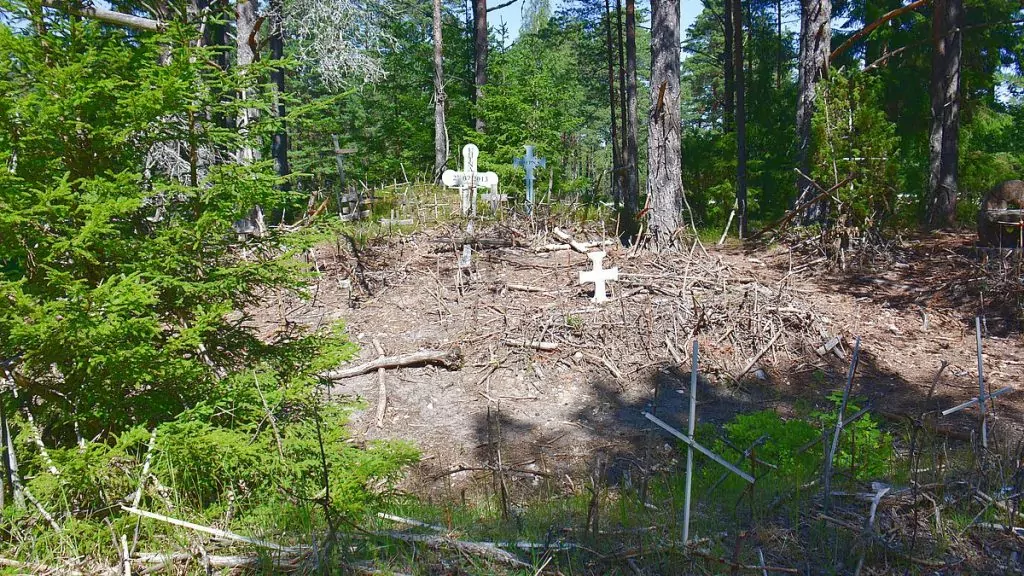
Kärrdal (Kärdla)
Another important place in Swedish history is Kärrdal (Kärdla in Estonian), which is also the centre and residence of the municipality of Dagö. The town was first mentioned in 1564 as a Swedish settlement.
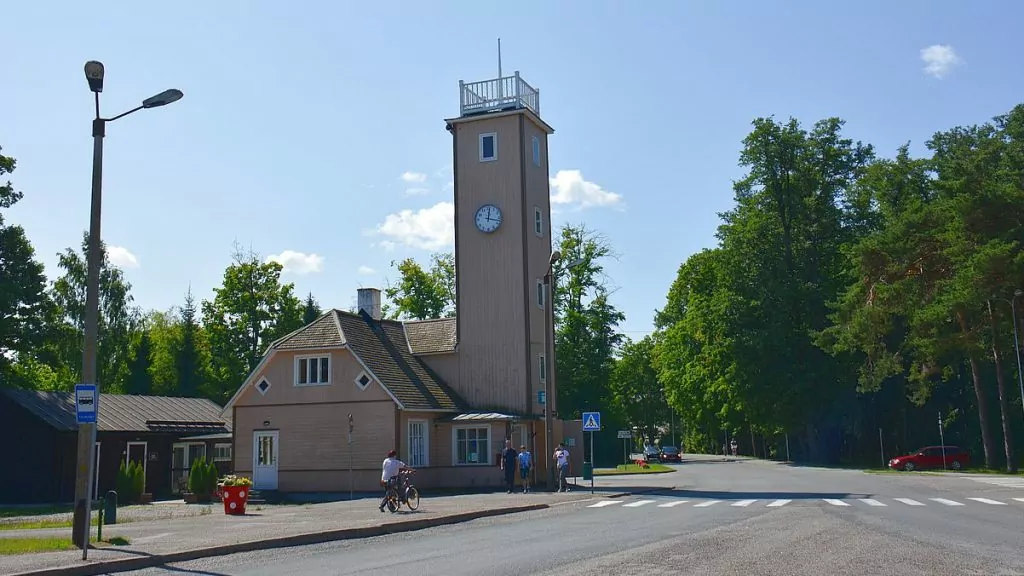
The museum in Kärdla
A good way to find out more about life in Kärrdal (Kärdla) in the past is to visit the local museum. For a long time, most things in Kärdla revolved around the town's wool factory, which was run by the German Ungern-Sternberg family. The factory provided work and housing for many, but it was later destroyed by the Russians in an attempt to make it more difficult for the Germans to obtain good wartime uniforms.
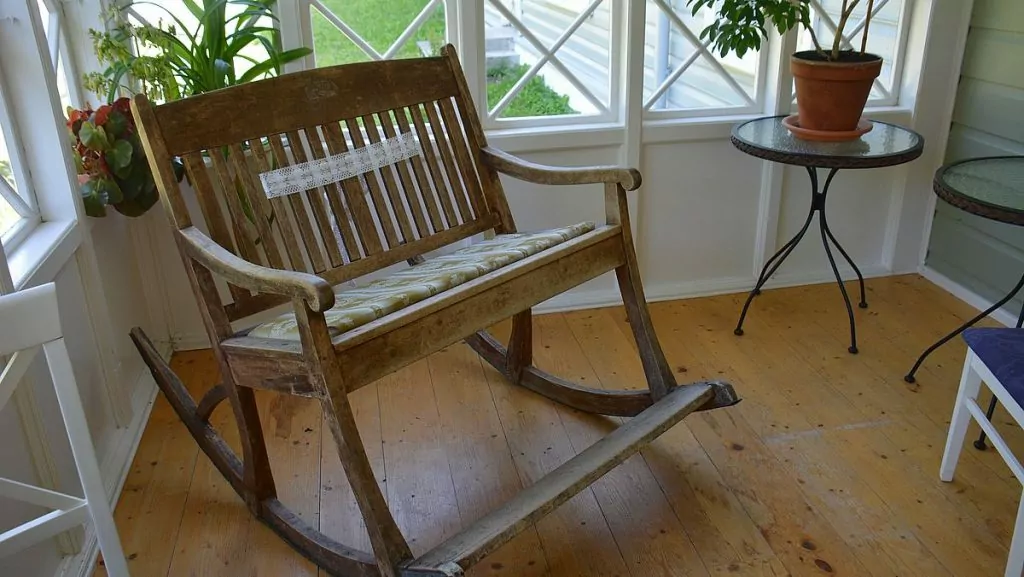
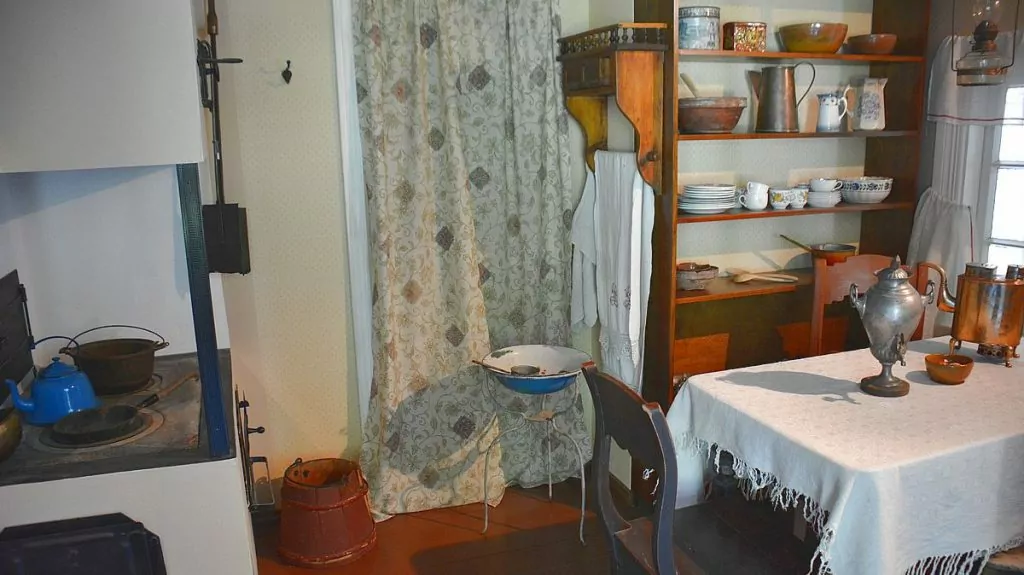
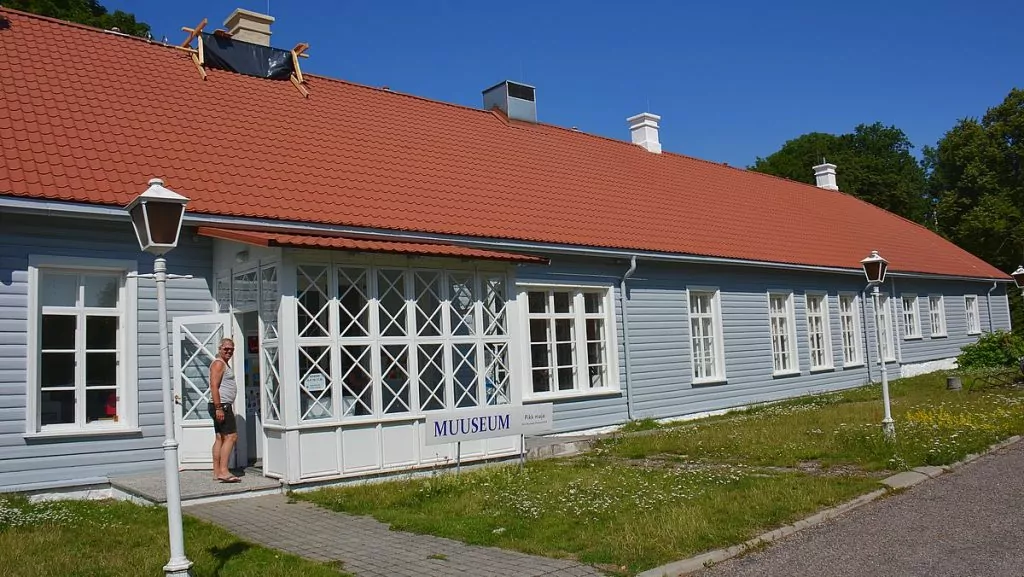
Café in Kärdla
Next to the museum is a cosy little summer café, where we stopped by for a refreshing lingonberry or rhubarb soda.
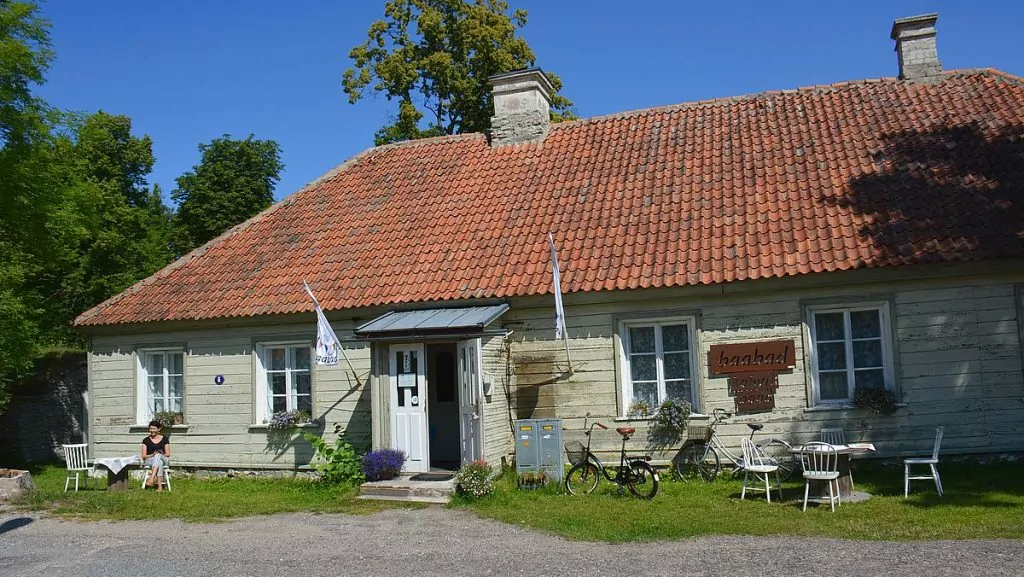
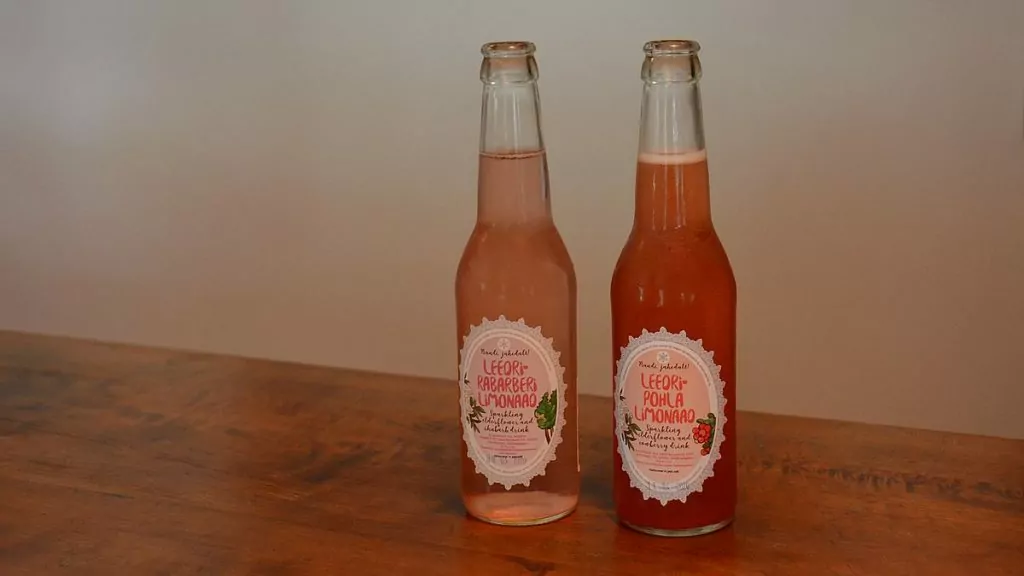
Three lighthouses on Dagö in Estonia
Dagö in Estonia is famous for its three lighthouses. All lighthouses are located in the north-west of the island and are very different from each other. To the far west is the Ristna lighthouse. The lighthouse is quite close to the Kõpu lighthouse, but because it is sometimes foggy, a new lighthouse was ordered from France in 1873.
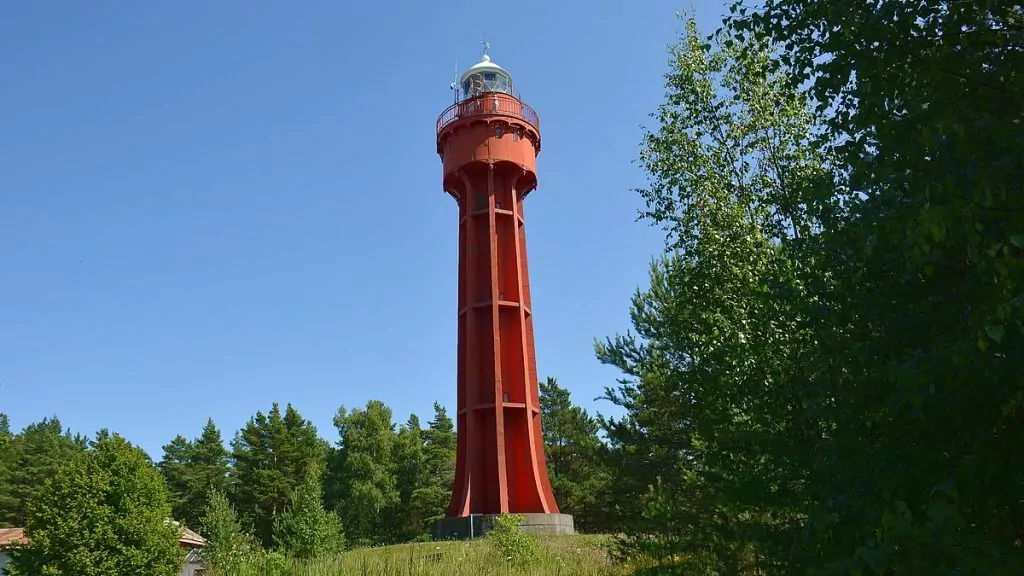
Just east of the Ristna Lighthouse, the Kõpu Lighthouse is the oldest lighthouse in the Baltic Sea and the Baltic States. Its construction began more than 500 years ago, when the Hanseatic League needed a landmark. The lighthouse was built on the highest point of Dagö, 67 metres above sea level, and was originally equipped with a fire at the top.
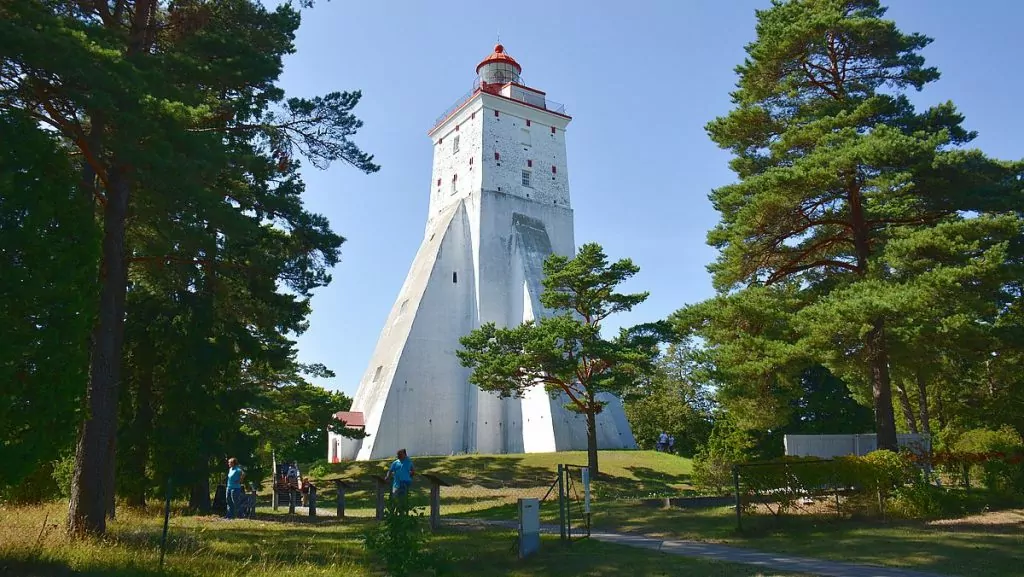
The third lighthouse is called Tahkuna Lighthouse and is located on the northernmost tip of Dagö. Tsarist Russia bought the lighthouse tower at the Paris World Fair in 1871, and construction began in 1873.
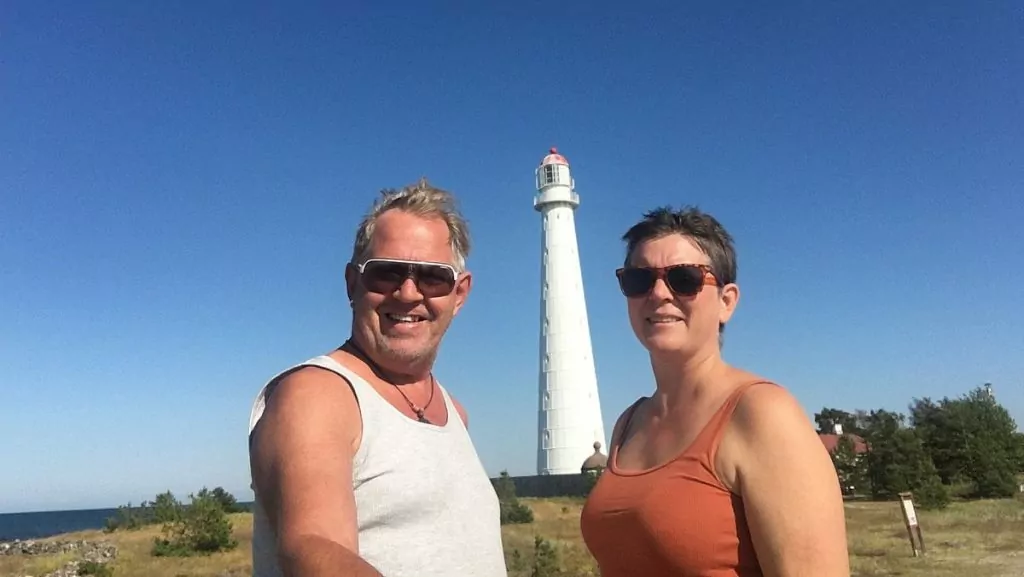
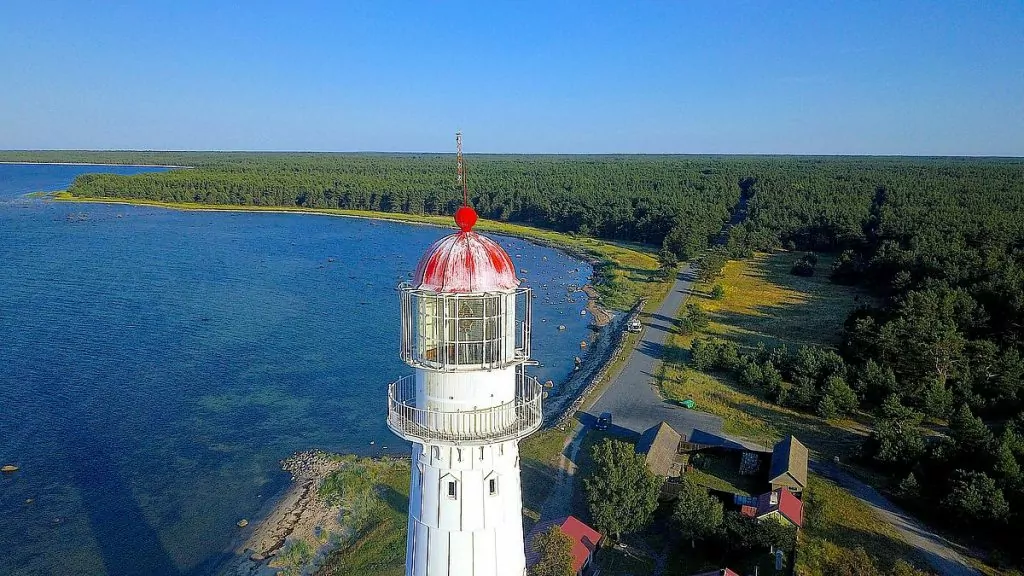
Right next to the lighthouse is a memorial with a bell, commemorating those who died in the 1994 Estonia disaster.
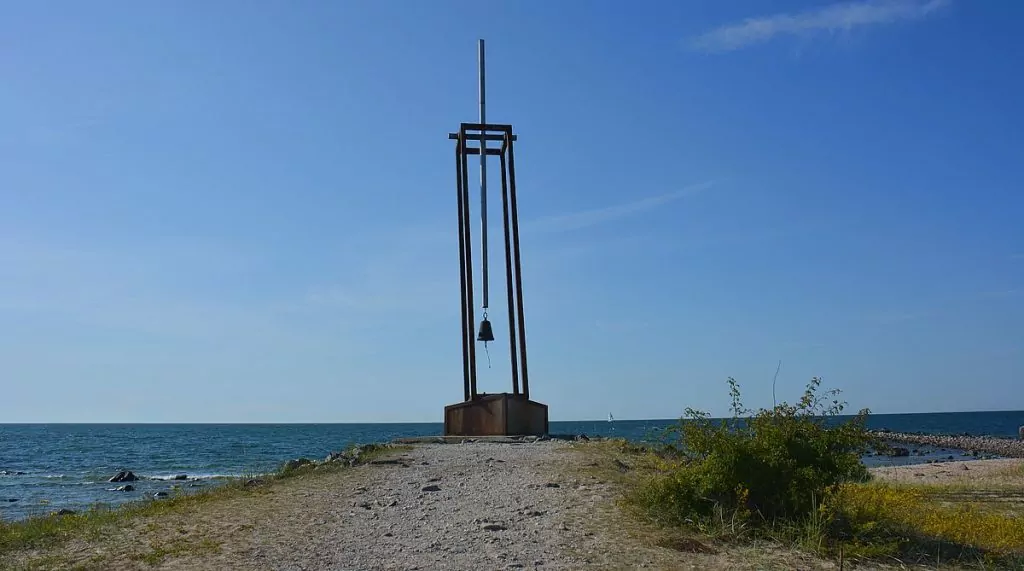
Surfer's paradise on Dagö in Estonia
Just below the Ristna lighthouse is a beach called "Surfer's Paradise". When we came down here we felt that we would have liked to stay for a week (but unfortunately we don't have time for that)! Nice atmosphere with a relaxed beach bar, chill music and a long fine sandy beach. Wonderful!
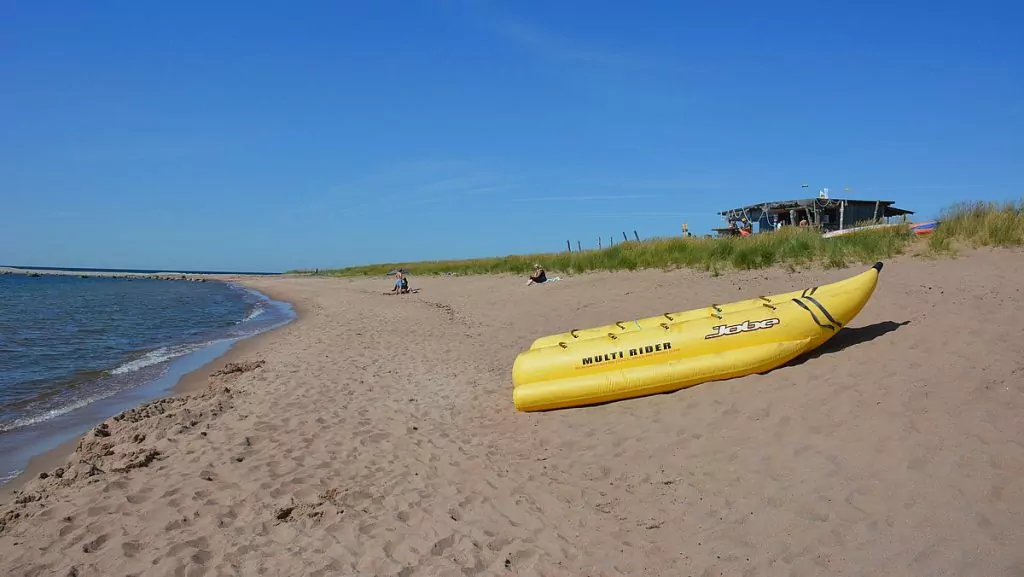
The Eiffel Tower on Dagö in Estonia
Not too far from Tahkuna Lighthouse is another tall and very special attraction, namely Dagö's "Eiffel Tower", Hiiumaa Eiffel Tower. Jaan Alliksoo is known on the island for building tall wooden towers, but also for creating other fascinating buildings and furniture.
You can now visit his large garden, which can be described as a homemade, imaginative and crazy theme park. As soon as you arrive at the car park and see the toilet, you realise that this is a special place.
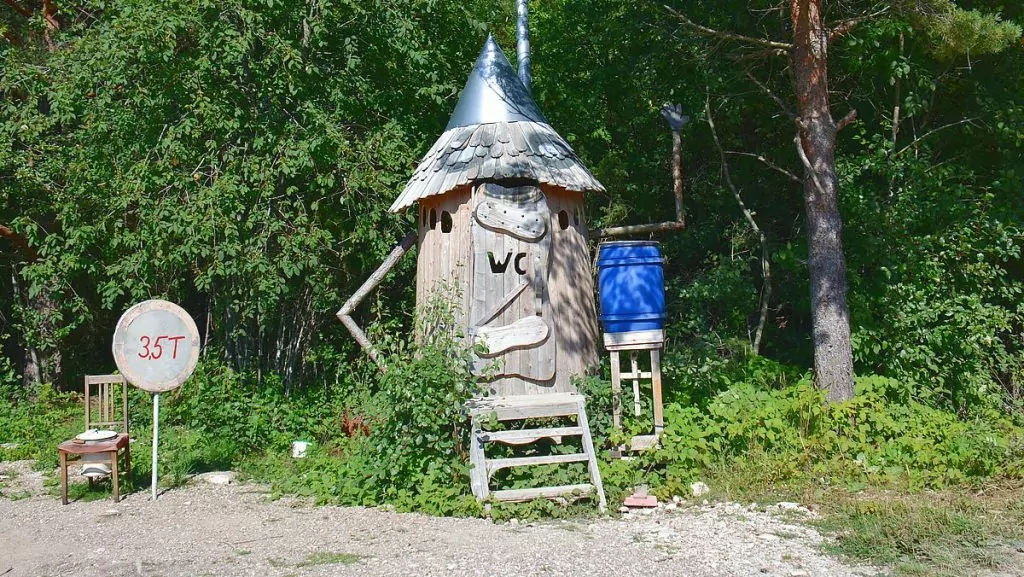
We paid €2 each to enter, and then went into the garden which is filled with castles and fortresses, lighthouses, pirate ships, spaceships and labyrinths. One house is more imaginative and crazy than the other, but of course nothing beats "Dagö's Eiffel Tower". The tower is a replica of the real one in Paris and is made entirely of wood. You can go to the very top of the tower if you wish, but everything here is at your own risk. The park is an entirely private initiative and the attractions are not authorised by any authorities.
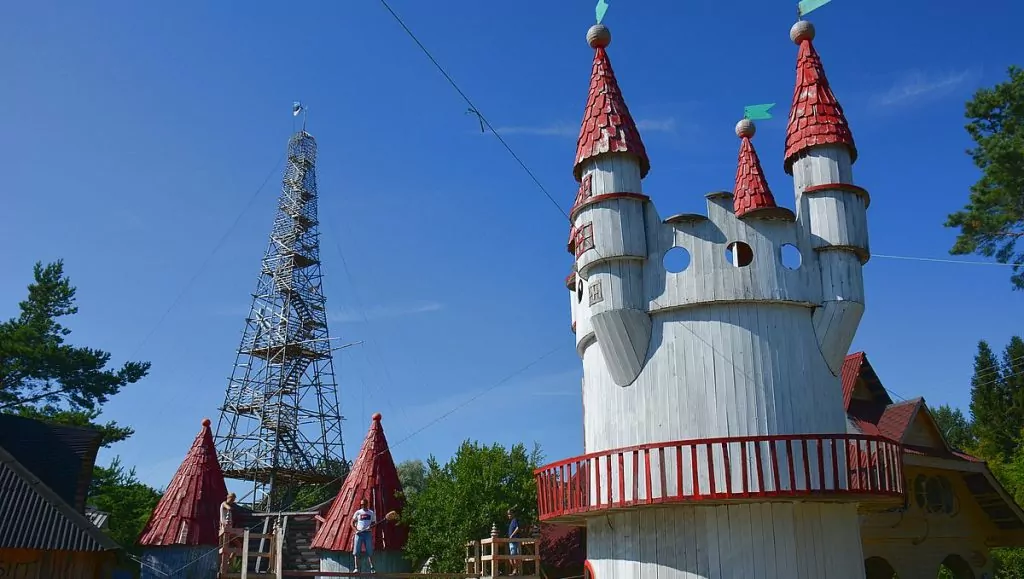
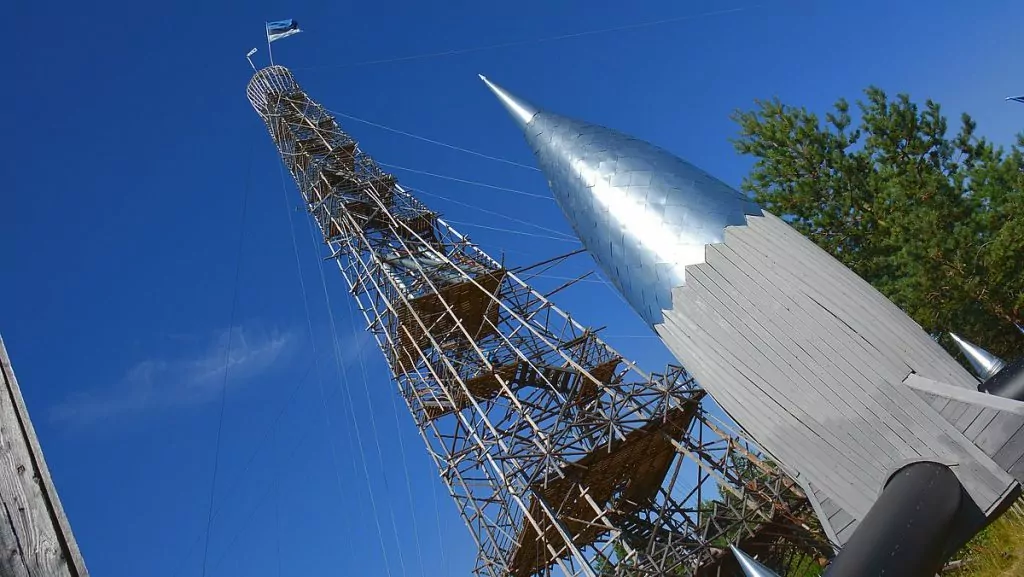
Suuremõisa mansion
Suuremõisa Manor, located on the eastern part of the island, was built in 1755-1760 by Countess Ebba-Margaretha von Stenbock (née De la Gardie). There is a small museum room, but we arrived when it was closed, so we could only see the mansion from the outside.
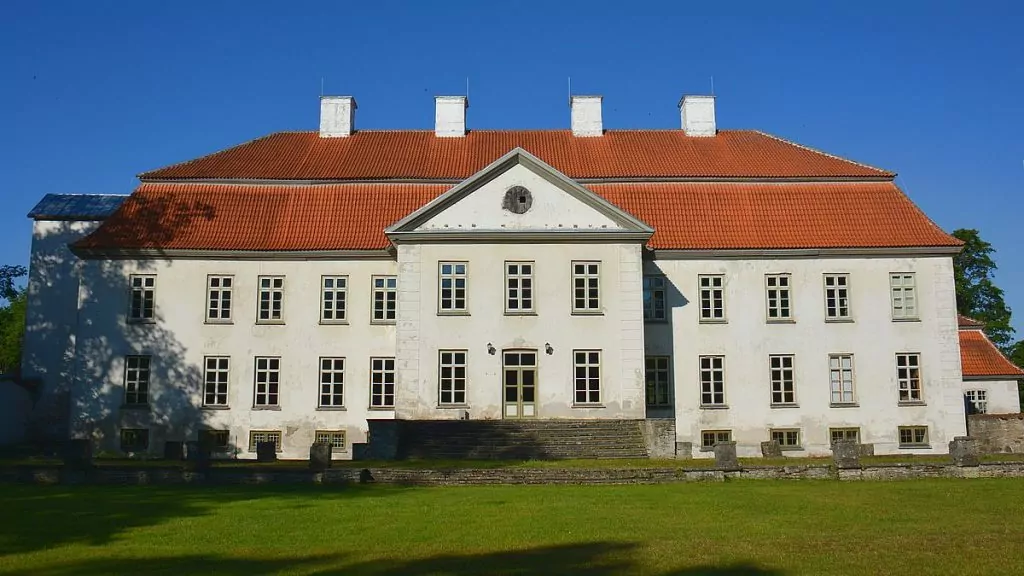
Kassari and Orjaku
In the far southeast of Dagö in Estonia, there is a small green part of the island that almost stands out as its own little island. This is where the villages of Kassari and Orjaku are located, and where you can enjoy beautiful scenery.
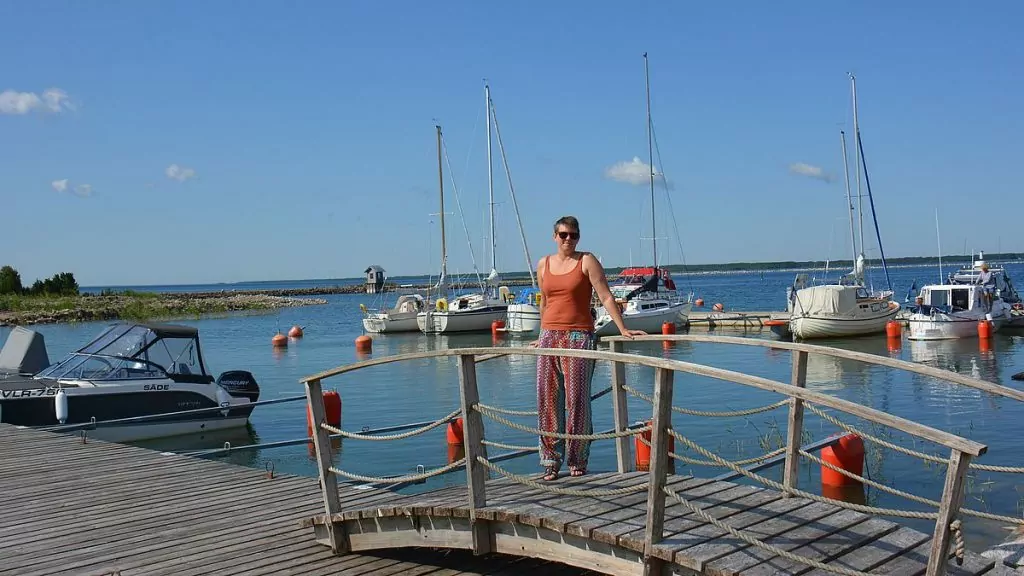
If you come by motorhome, we can highly recommend fricamping here. You can fricamp almost anywhere on Dagö, but on the stretch out towards Sääre tirp there are some of the finest fricamp sites we have ever seen. Along the coast there are lots of small sites in the bushes, perfect for motorhomes, caravans or tents. Free camping is allowed here, and the beach (pebble beach) is right next door.
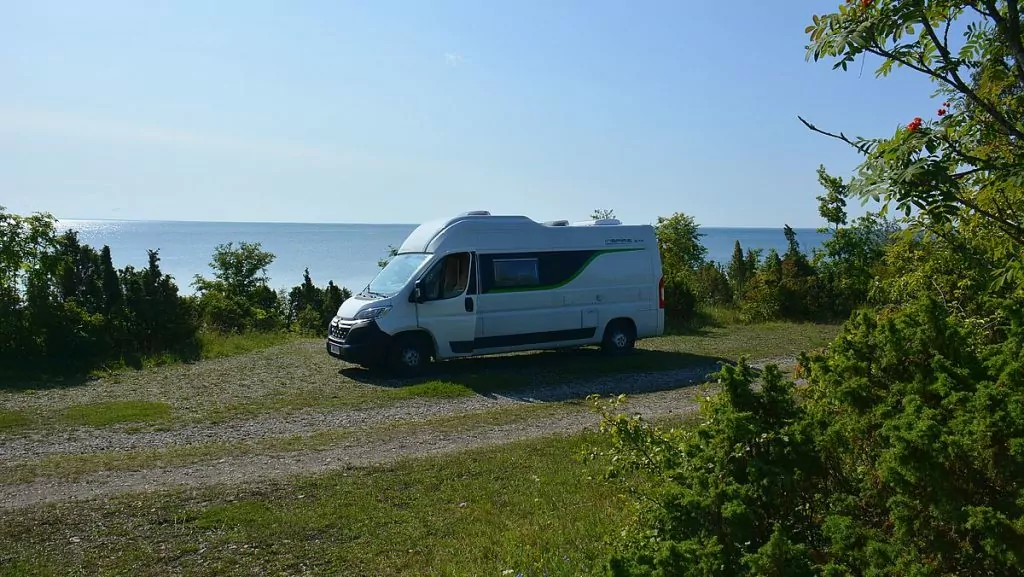
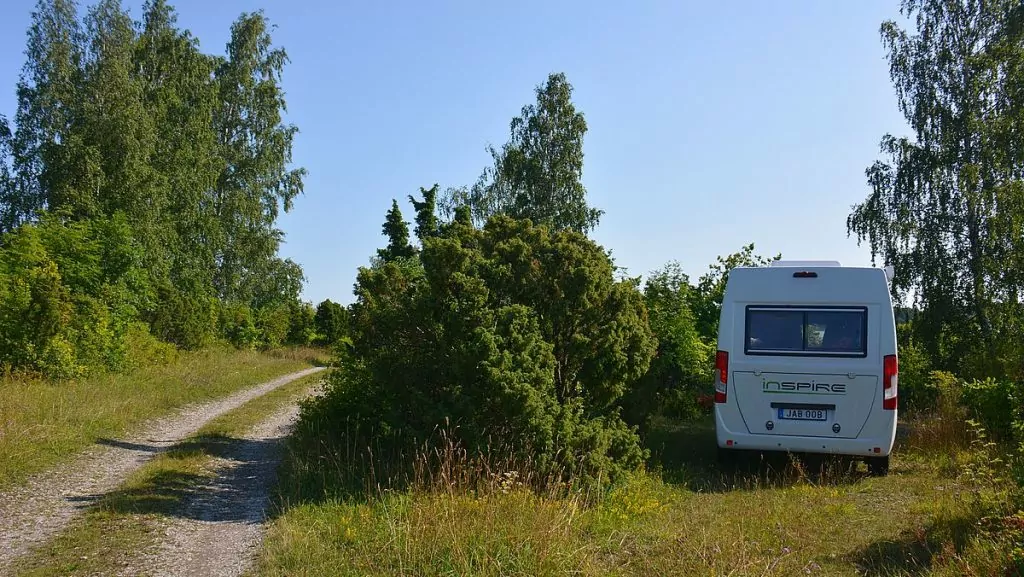
Nearby you can also visit Käina, where you can see the ruins of the Käina church built between the 15th and 16th centuries. You can also visit Vaemla, where you can find the Vaemla wool factory.
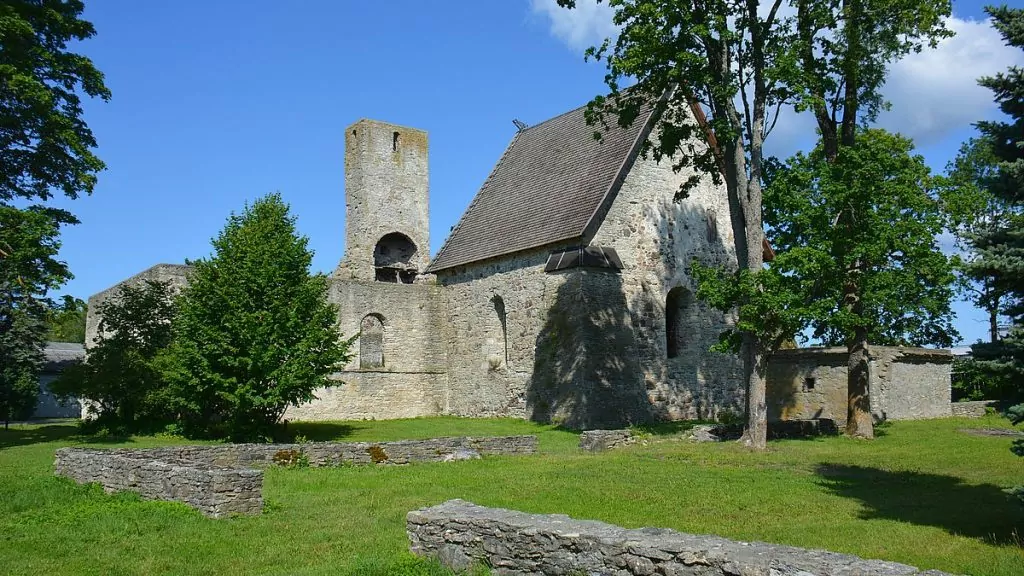
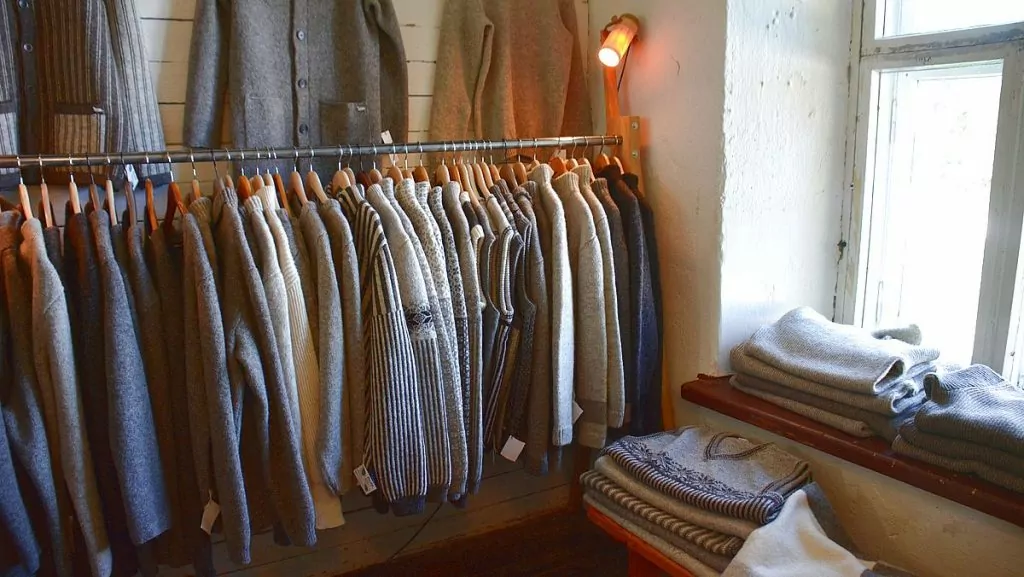
Our visit to Dagö in Estonia
We fell in love with Dagö and wished we had time to stay here longer. This is a green and beautiful island, and it's easy to feel the calm when you arrive here. In addition, it is very easy and pleasant to travel with a motorhome here.
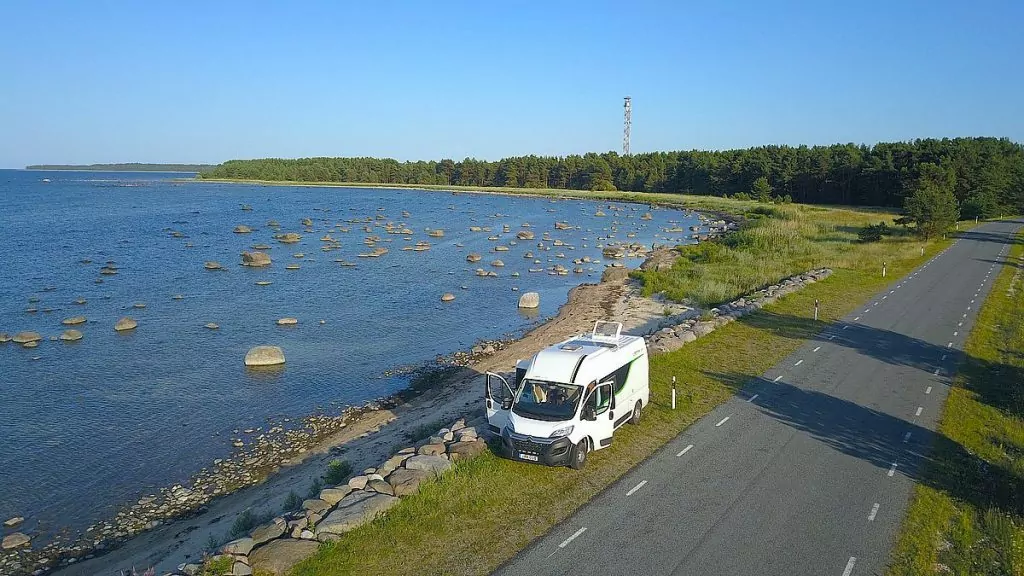
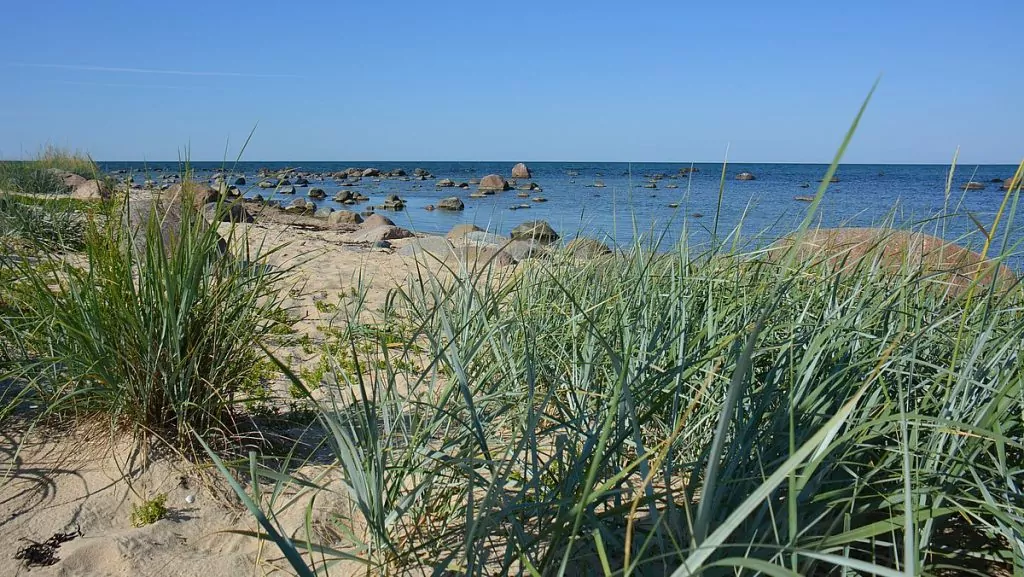
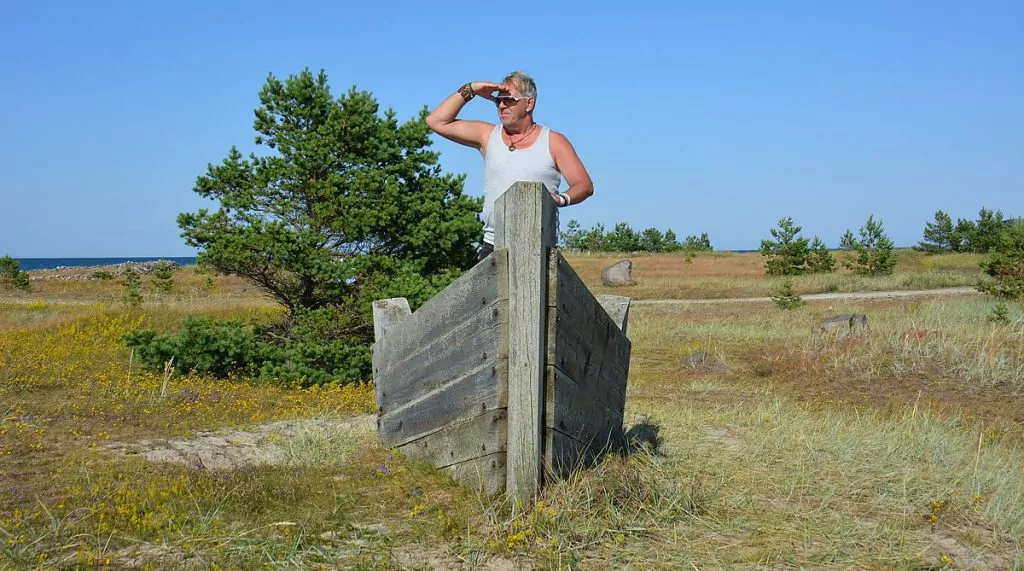
Video from Dagö
Saaremaa in Estonia - the island of windmills
Saaremaa in Estonia is an island in the Baltic Sea the size of Gotland, known to all...
Cruise Stockholm - Tallinn with Victoria I
We have been on a cruise Stockholm - Tallinn with Victoria I from Tallink Silja Line. So...
Pärnu in Estonia - beaches, spas and villas
In cooperation with the Estonian Tourist Board Pärnu in Estonia is known for its beaches, spas and...
Keila waterfall in Estonia - and a romantic park
In cooperation with the Estonian Tourist Board Keila Waterfall in Estonia is the country's third largest waterfall and is located...
What to do in Tallinn - 30 sights and experiences
Looking for tips on things to see and do in Tallinn? We've visited Estonia...
Ferry to Estonia - Tallink silja vs DFDS
Ferry to Estonia, which one to choose? On our last trip to Estonia, we tried two different ferry...
Lake Peipus in Estonia - village festivals, onions and old-timers
Lake Peipus in Estonia is located in the eastern part of the country and is known for its...
The cliffs of Ontika in Estonia - and Oru Park in Toila
In collaboration with the Estonian Tourist Board The cliffs of Ontika in Estonia are dramatically steep rock faces that plunge into the...
Haapsalu, Estonia - noise village charm on the coast
In collaboration with the Estonian Tourist Board Haapsalu in Estonia is a beautiful wooden town on the Estonian coast....
2 good hotels in Tallinn, Estonia - luxury or colour?
We have now tried two different good hotels in Tallinn, Estonia. The first night we stayed ...
Tourest 2020 travel fair in Tallinn - travel destinations and delicacies
We have visited the Tourest 2020 travel fair in Tallinn, Estonia. Really fun and inspiring! The fair offers both ...
Narva in Estonia - on the border with Russia
In cooperation with the Estonian Tourist Board Narva in Estonia is the EU's outpost against Russia, with the border crossing...
Things to do in Estonia - 30 sights and experiences
What to see and do in Estonia? We offer 30 tips for a country...
Ferry to Tallinn - what not to miss
If you follow our blog, you know that we travelled by ferry to Tallinn during the Easter holidays. We...
An excursion to Kadriorg Palace in Tallinn, Estonia
It's all over the place here! A few days ago we were in Malta and now we are in...
Proto discovery workshop - experience centre in Tallinn
The Proto Discovery Workshop is an experience centre in Tallinn where you can discover and experience early technological developments,...
Guided tour of Tallinn - the Kalamaja neighbourhood
Today you can join a guided tour in Tallinn, Estonia! We love guided tours. When...
Travelling by motorhome in Estonia - all you need to know
What is it like travelling with a motorhome in Estonia? We have just returned home after barely...
Exploring the port of Tallinn, Estonia
One of the best things about travelling is discovery. Going on unplanned...
Rakvere fortress in Estonia - history and spectacle
In cooperation with the Estonian Tourist Board Rakvere Fortress is located on a hill in the town of Rakvere in the north of...
10 things to do in Tartu, Estonia
What to do in Tartu, Estonia? We spent three days in this...
Motorhome holiday in Estonia - starting in Tallinn
We're finally off on a motorhome trip in Estonia, exploring the country for three weeks! We...
Rummu quarry in Estonia - prison turned bathing paradise
In cooperation with the Estonian Tourist Board Rummu quarry in Estonia is a very different sun and bathing paradise,...
The highest mountain in the Baltics - Suur Munamägi in Estonia
In cooperation with the Estonian Tourist Board We have "climbed" the highest mountain in the Baltics - Suur Munamägi in Estonia....
Kynö in Estonia - the island where women are in charge
In cooperation with the Estonian Tourist Board Kynö in Estonia is a small and very special island. It...
Rally Estonia in Tartu - a great festival of people
In cooperation with the Estonian Tourist Board Rally Estonia in Tartu is a great folk festival that attracts...
Lahemaa National Park in Estonia - nature and mansions
In cooperation with the Estonian Tourist Board Lahemaa National Park in Estonia is a large natural area that offers...
Facts about Estonia - 30 things you (might) not know
Here are the facts about Estonia - 30 things you (maybe) didn't know about the country. Estonia is...
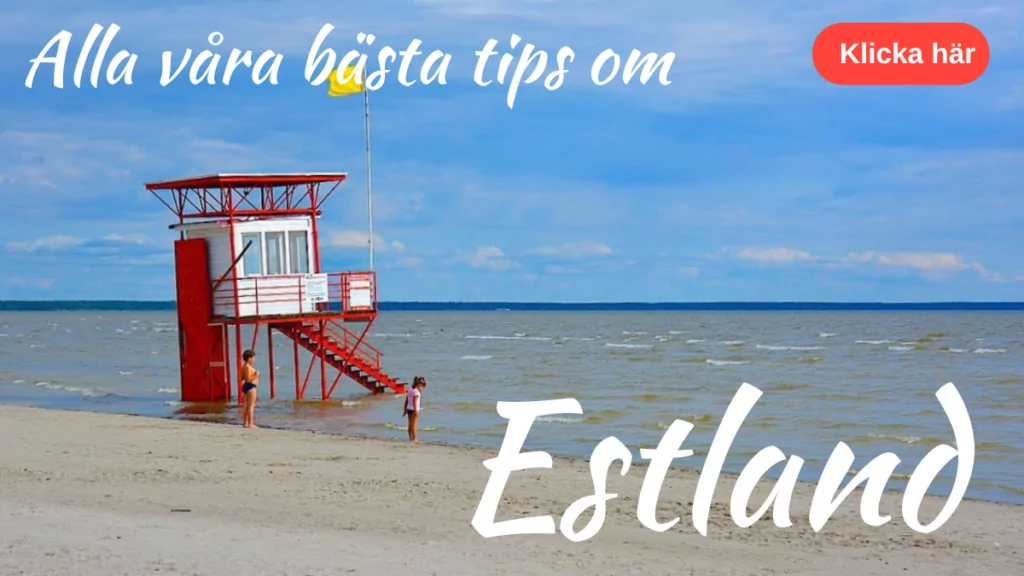
Facts about Dagö in Estonia
- Country: Estonia
- Landscape: Dagö
- Municipality: Municipality of Dagö
- Population: More than 9000 (2017)
- Name: Dagö (Swedish), Hiiumaa (Estonian)
Things to see and do on Dagö
- Attractions: Ristna Lighthouse, Kõpu Lighthouse, Tahkuna Lighthouse, the Eiffel Tower on Dagö, Dagö Military Museum, Kärdla Museum, Vaemla Wool Factory and Suuremõisa Manor.
- Experiencing nature: On Dagö you can hike, cycle, swim, pick berries or mushrooms, camp or go on guided nature tours. There are plenty of hiking trails, barbecue areas, cabins and more. Read more about Hiiumaa Recreation Area.
- Cultural experiences: In summer, many outdoor festivals and music events are organised, including jazz, classical and folk music.
Accommodation on Dagö in Estonia
- Hotels and guest houses: There are many small hotels, guest houses and holiday homes. You can find different options at Visit Estonia website.
- Camping: There are several serviced campsites on the island: Camp Vetsi Tall, Randmäe Puhketalu and Pihla Camping. There are also RMK campsites, i.e. campsites with tables and barbecue areas, which are free to use. It is also allowed to fricamp
Journey to Dagö in Estonia
- Ferry from the mainland: Ferries run to Dagö (Heltermaa) from Rohuküla (Rus) on the mainland. It takes about 1 hour and 30 minutes to drive from Tallinn to Rohuküla. You can check the current ferry timetable at Praamid.ee.
- Ferry from Saaremaa: It is also possible to get to Dagö in Estonia by ferry from Triigi on Saaremaa to Sõru on Dagö. These ferries run less frequently and are more likely to be full. Book in advance at Veeted.com (only a certain percentage of tickets can be booked) or arrive in time for the ferry.
Programme "Promoting Estonia as a Tourism Destination" is supported by European Union Regional Development Fund.

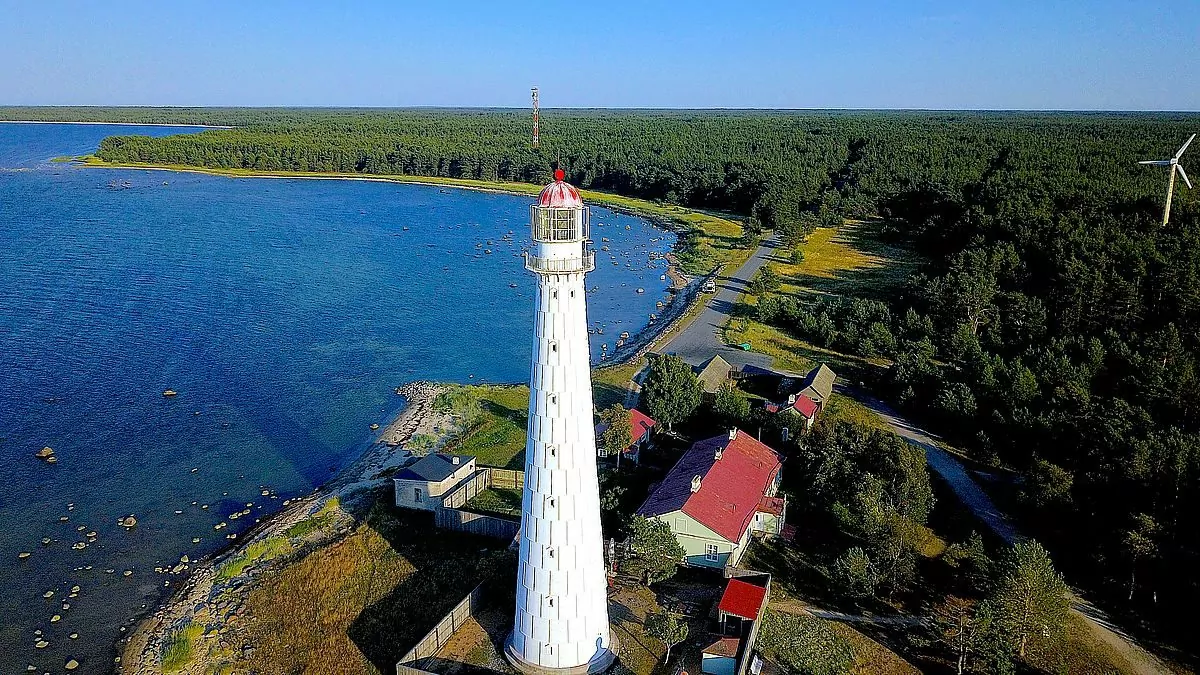
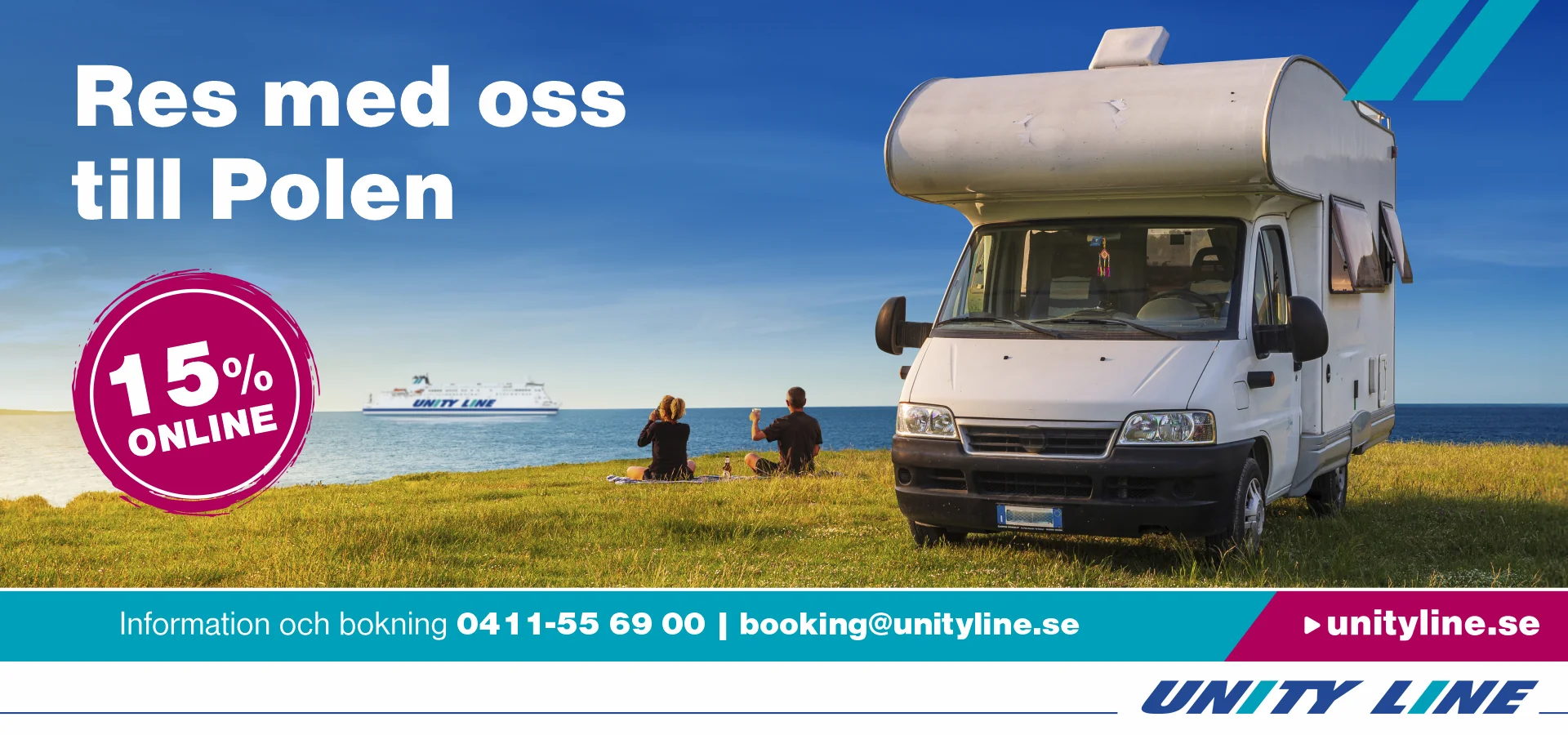






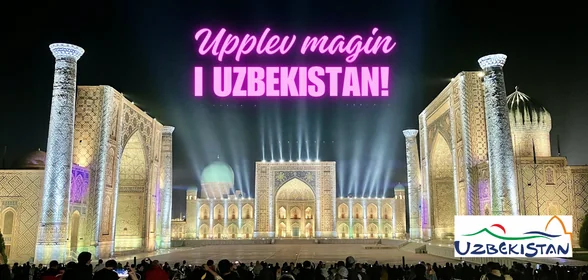

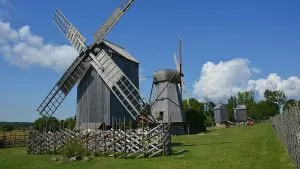
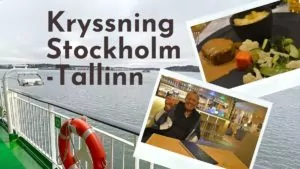
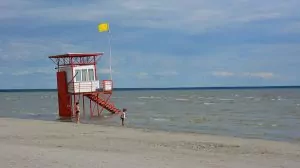
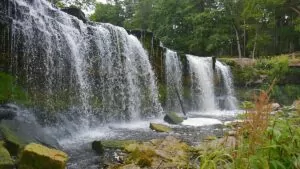
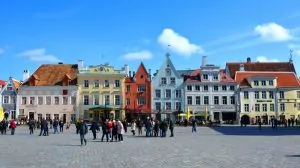
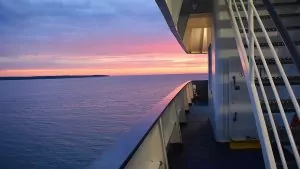
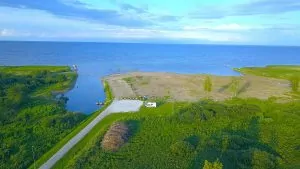
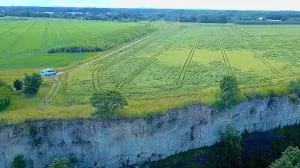
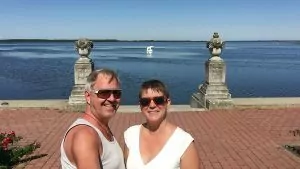
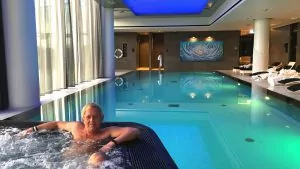
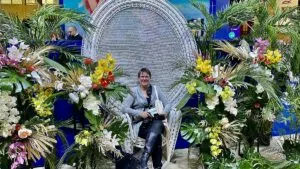
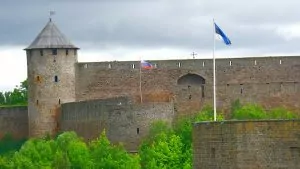
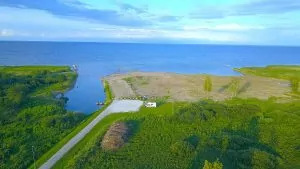
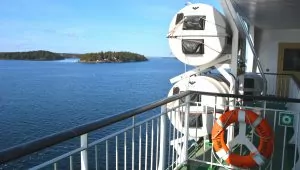
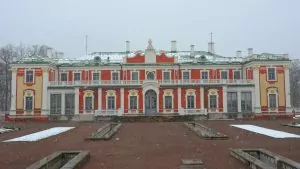
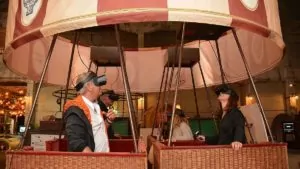
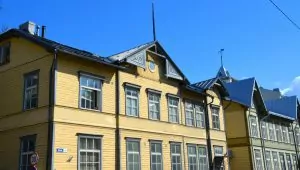
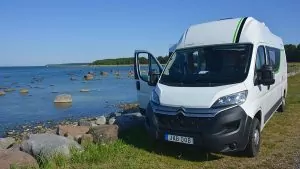
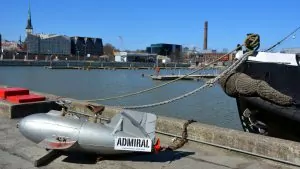
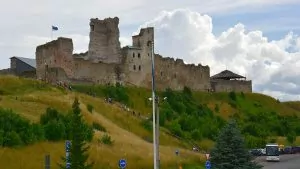
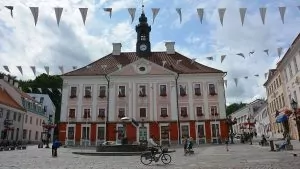
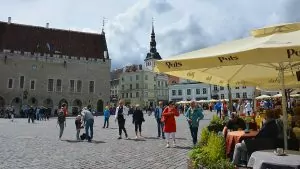
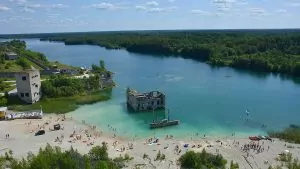
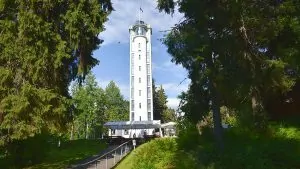
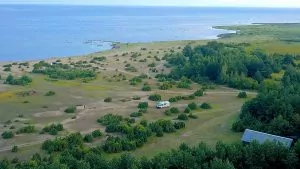
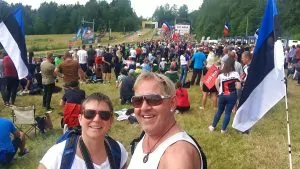
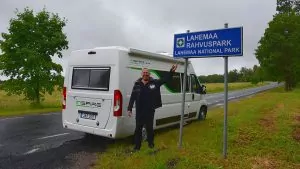
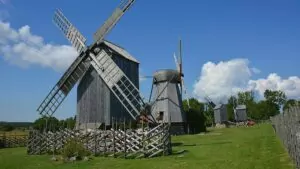
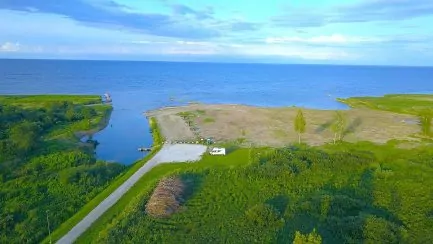
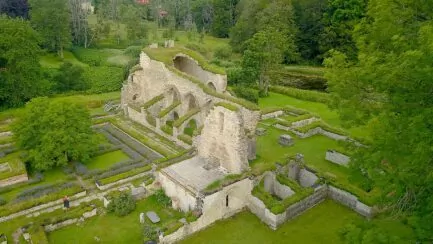
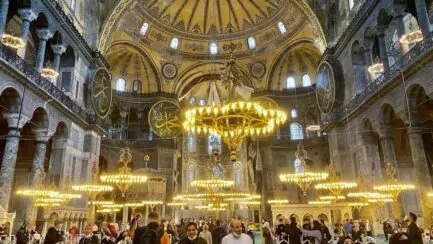
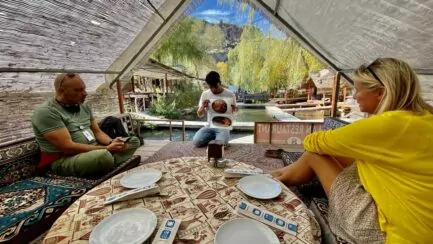
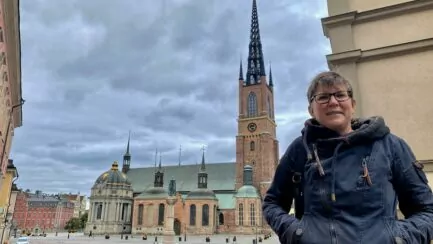



Ama de casa says:
Let me guess... you didn't go up to one of the lighthouses? You might even have been lucky enough not to go up there, otherwise Peter would have probably gone up there and not just sent the drone 😉.
Don't think you went up the tower either.
Hmm... I have a feeling I was all right there - what did I win? 😉
22 July 2019 - 11:34
Helena says:
Haha... right! You win honour and fame! 🙂 You could probably get up in the lighthouses iofs (think everyone, but not quite a hundred), for a small fee, but I think Peter started to get tired of running up in lighthouses, haha. It was somehow easier (and more fun I think) to send up the drone.
22 July 2019 - 17:21
Nils-Åke Hansson says:
Memorial of the Estonia disaster in 1994 we did not get out to the road was so bad under repair so we turned around. Was just a cloud of dust BiÖ and wondered where I had been at the Service. But oh how I recognise myself
22 July 2019 - 19:04
Helena från Finland says:
Looks nice! Too bad we didn't have time to visit Dagö. It will be next time.
22 July 2019 - 21:35
Helena från Finland says:
Looks nice! Too bad we didn't have time to visit Dagö. It will be next time.
22 July 2019 - 21:34
Helena says:
Dagö was really nice! But then you have something left to discover next time! 🙂
23 July 2019 - 8:36
Britt-Marie Lundgren says:
Dagö seems to be worth a trip of its own.
We understand from the number of attractions that you've had a really busy programme, but it's not too far away to return.
Estonia is becoming more and more attractive to us....
22 July 2019 - 22:06
Helena says:
We wanted to take the opportunity to see a lot of the island now that we were there, but we could easily have stayed a few more days and just take it easy at a beach or so! 🙂 Estonia has a lot to offer! 🙂
23 July 2019 - 8:37
Ann-Louise Paulsson says:
What an exciting read! My flatmate's great-grandfather came from Pühalepa on Dagö (born there in 1796 so his family would have been among those who stayed behind when the others were driven away). Then they moved to Vormsi around 1810 so my partner's great-grandfather was born there. Sometime in the future we will go to both islands and see what we can find about his ancestors. I also have a good friend whose husband had ancestors who lived on Dagö but were deported to Gammelsvenskby.
22 July 2019 - 22:32